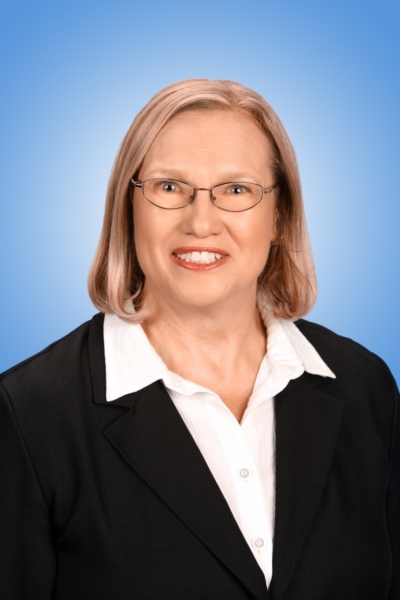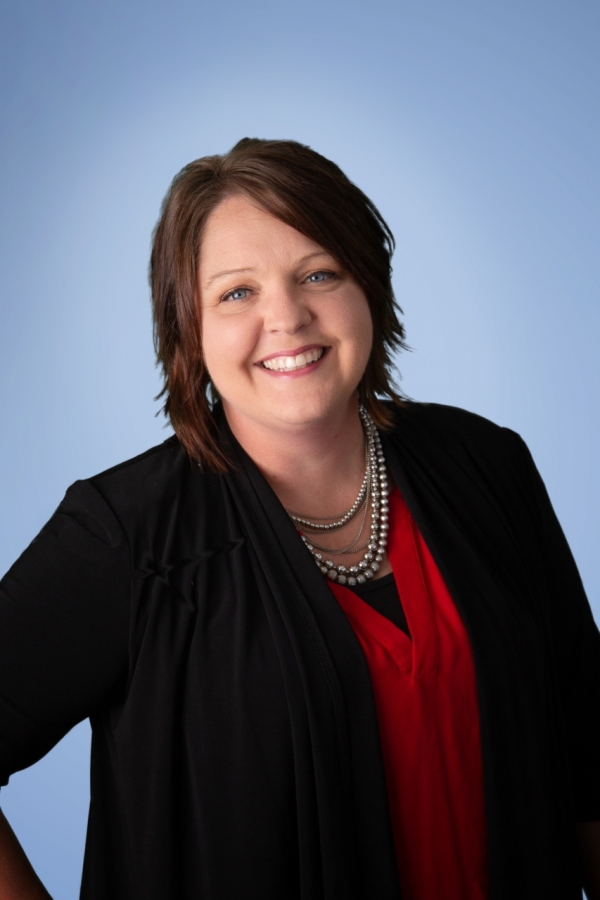Ranson has certified personnel with over 30 years experience on board to help you with applying and administering Kansas Small Cities Communities Development Block Grant (CDBG) Program’s grants.We have also had experience working with other governmental agencies regarding loan services, including programs provided by the United States Department of Agriculture (“USDA”) and the Kansas Department of Transportation (“KDOT”).
Please contact Rose Mary Saunders or Crystal Hinnen to find out how this program can suit your community’s needs.
The Community Development Block Grant (CDBG) Program allows the Department of Commerce to distribute federal funds to Kansas cities and counties looking to improve their community. To receive funds, a project must meet at least one of the following federally mandated criteria:
- The project benefits low- and moderate-income individuals.
- The project removes or prevents slum or blight condition.
- The project eliminates an urgent need created by a disaster when local funds are unavailable.
For more information, visit the Kansas Department of Commerce.
The Annual Competitive Round category includes the following four categories:
1. Community Improvement and Housing
Community Improvement projects include, but are not limited to, water and sewer improvements, fire protection, bridges, community and senior centers, streets, architectural barrier removal, natural gas systems, electrical systems and public service activities. Housing grants support rehabilitation of owner- and renter-occupied residences within targeted areas to encourage neighborhood revitalization.
2. Water and Sewer Grants
Maximum amount is $600,000 ($2,000/beneficiary) for a community under 5,000; for over 5,000, the maximum amount increases to $700,000. Applicants are encouraged to appear before the Kansas Interagency Advisory Committee (KIAC) prior to application submission.
3. Community Facilities
Projects may consist of, but are not limited to, fire protection, bridges, community / senior centers, streets, architectural barrier removal, natural gas and electrical systems, health, mental health and other public facilities projects. Maximum amount is $600,000 ($2,000/beneficiary) for a community under 5,000; for over 5,000, the maximum amount increases to $700,000.
4. Housing Rehabilitation Grants
These rehabilitation funds are awarded to local units of government (cities and counties) and the maximum amount awarded is $400,000. Eligible activities include Homeowner and Rental Rehabilitation. A Housing Assessment Tool (HAT) must be completed by the unit of government prior to submitting an application.
Urgent Need Grants address an immediate threat to health or safety resulting from a sudden and severe emergency. These awards assist in meeting community needs created by a severe natural or other disaster. The need must be certified by the state agency that has regulatory oversight.
Applications are reviewed on an as-needed basis throughout the year. The maximum amount awarded is $400,000 per grant. Applications must be received within six months of the occurrence.
The purpose of the program is to help cities improve the quality of their downtown commercial districts by assisting private property owners in the rehabilitation of blighted buildings. It is hoped that a strategic investment of grant funds in a key building would prevent the spread of blighted conditions to other nearby structures. Also, it would encourage other property owners to make improvements to their buildings, thus starting to reverse the cycle of blight, deferred maintenance and disinvestment. Maximum amount is $250,000.
WEP provides loans, grants and loan guarantees for drinking water, sanitary sewer, solid waste and storm drainage facilities in rural areas and cities and towns of 10,000 or less. Public bodies, non-profit organizations and recognized Indian tribes may qualify for assistance.
WEP also makes grants to non-profit organizations to provide technical assistance and training to help rural communities with their water, wastewater and solid waste problems.
For more information visit www.rd.usda.gov.
This program provides affordable funding to develop essential community facilities in rural areas. An essential community facility is defined as a facility that provides an essential service to the local community for the orderly development of the community in a primarily rural area, and does not include private, commercial or business undertakings.
Funds can be used to purchase, construct, and / or improve essential community facilities, purchase equipment and pay related project expenses.
Examples of essential community facilities include:
- Health care facilities such as hospitals, medical clinics, dental clinics, nursing homes or assisted living facilities
- Public facilities such as town halls, courthouses, airport hangars or street improvements
- Community support services such as child care centers, community centers, fairgrounds or transitional housing
- Public safety services such as fire departments, police stations, prisons, police vehicles, fire trucks, public works vehicles or equipment
- Educational services such as museums, libraries or private schools
- Utility services such as telemedicine or distance learning equipment
- Local food systems such as community gardens, food pantries, community kitchens, food banks, food hubs or greenhouses
For more information visit www.rd.usda.gov.
The Kansas Public Water Supply Loan Fund (KPWSLF) is a state revolving loan fund (SRF) program which provides financial assistance in the form of loans to Kansas municipalities, at below market interest rates, for construction of public water supply system infrastructure. Kansas Statues 65-163d through 163u establishing the Loan Fund were passed by the legislature and Kansas Administrative Regulations 28-15-50 through 28-15-65 were promulgated by KDHE.
The National Drinking Water State Revolving Fund (DWSRF) program, which was established by the Safe Drinking Water Act (SDWA) Amendments of 1996, authorizes the U.S. Environmental Protection Agency (EPA) to award capitalization grants to the States. The EPA capitalization grant for the KPWSLF is not loaned directly to municipalities. Instead, the grant is deposited into a reserve account, and pledged as security for repayment of state issued revenue bonds. Proceeds from the revenue bonds are loaned to the municipalities. The reserve account is invested, and the interest earnings are combined with the loan repayments from municipalities to buy down the loan’s interest rate. Municipalities are charged interest rates equal to 80% of the previous three months average of the Bond Buyer 20 General Obligation Index. Rates have averaged 4.08 % for the first 8 years of the program. The Loan Fund currently leverages at a ratio of four to one, that is four dollars can be borrowed for every dollar placed into the reserve fund.
Loan funds can be received by two distinct types of municipalities, cities and rural water districts (RWD). Rural water districts lack the general taxing powers of cities, and are perceived in credit markets as a greater financial risk. The Kansas Public Water Supply Loan Fund provides equal access and interest rates to both types of borrowers, but requires different pledges of security to receive a loan, which is discussed in the loan agreement section of this page.
Kansas Water Pollution Control Revolving Loan Fund is a state revolving loan fund (SRF) program which provides financial assistance in the form of loans to Kansas municipalities, at below market interest rates, for construction of public waste water infrastructure.
Economic Development
Economic Development grants to cities or counties are loaned to provide gap financing for private businesses that create or retain permanent jobs. Eligible activities include infrastructure, land acquisition, fixed assets and working capital. At least 51 percent of the jobs created or retained by the for-profit entity must meet the Department of Housing and Urban Development’s low- and moderate-income standard.
Some repayment is required for all economic development categories. Grants are made to cities and counties, which then loan funds to developing businesses. Repaid funds are returned to the state revolving loan fund. Funds may also be used for infrastructure on a loan / grant basis. The funding ceiling is $35,000 per job created or retained with a maximum of $750,000. Matching funds are required.
Sunflower Foundation
The Sunflower Trails program partners with communities and schools across the state to create safe, accessible pathways for outdoor physical activity for all ages and abilities. Sunflower Trails assists in the construction, expansion, enhancement and connection of trails through regular grant cycles. Sunflower Trails supports the work of leading trail organizations in Kansas and provides opportunities for training and instruction for trail advocates of all levels.


